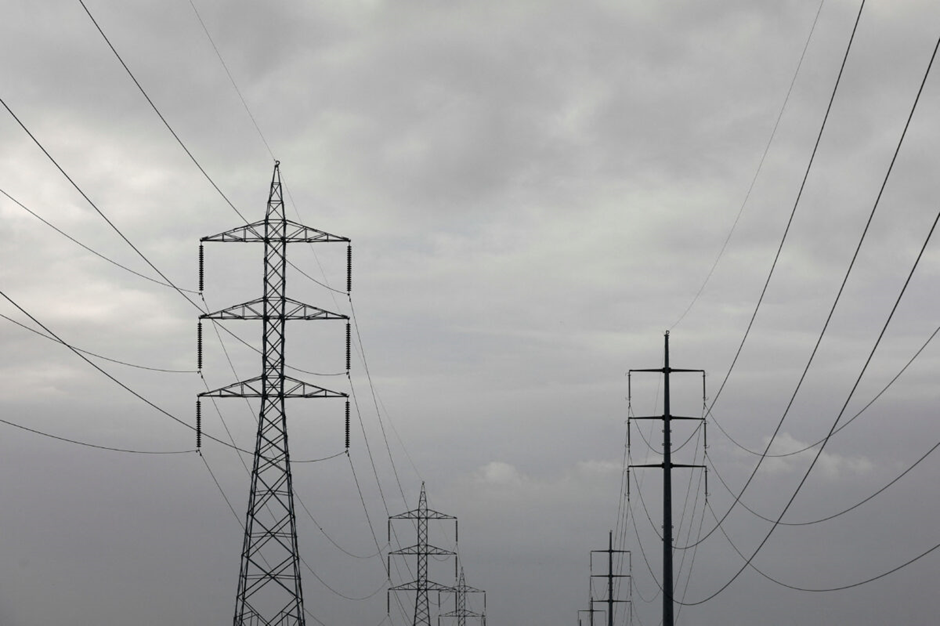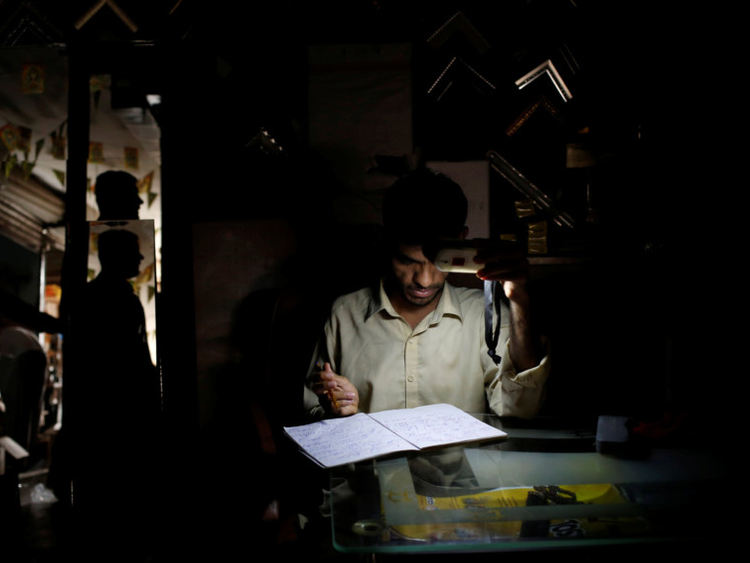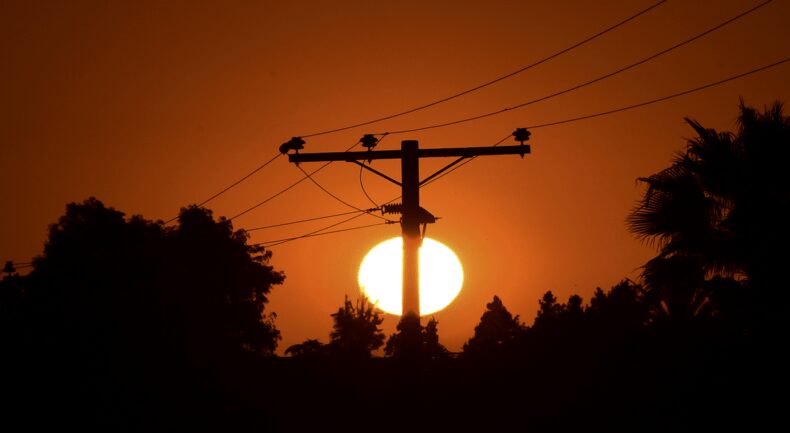A major breakdown in the grid triggered the worst electricity blackout in months in Pakistan.
The outage began at 7:00 a.m. (7:30 IST) and lasted for more than 12 hours. The outage happened during the peak winter season, putting people in misery. As the evening began to dawn, homes were without electricity in the dark. Energy Minister Khurram Dastgir tweeted that authorities are trying to restore power across the country.

Table of Contents
- Reasons for the power outage
- Age old infrastructure
- The sufferings of people
- IMF bailout
Reasons for the power outage
Due to the worsening economic situation in Pakistan, all the power generation systems are shut down at night and then restarted at daybreak. But this time, technicians were unable to boot up the system all at once after daybreak.
In the morning, when the engineers tried to turn the systems back on, they observed a fluctuation in voltage. This forced the engineers to shut down the power grid stations one by one. This is the second blackout in just three months. The last one was in October 2022, and it also took more than 12 hours to restore power.
Age old infrastructure
The analysts and officials blame the power problems on an ageing power infrastructure that is in dire need of an upgrade and renovation. But the government says that it cannot afford to do a major upgrade now. Pakistan has enough installed power capacity to meet the demand, but it lacks the resources to run its oil and gas-powered plants.
Pakistan usually gets 60% of its electricity from fossil fuels, 27% from hydropower, and nearly 10% from nuclear and solar power. The country immediately needs to update its infrastructure for better performance.

The public is used to fluctuating power and load shedding. Hence, many businesses, homes, and industries use diesel generators as a temporary fix to the power problem. To some extent, China’s investment in the power sector as part of its 48 lakh crore infrastructure scheme has upgraded its power sector. But to large extent, the problem still persists.
The sufferings of people
This type of outage affected nearly 220 million people. The outage occurred on a winter day when temperatures in Islamabad are expected to drop to around 4 degrees Celsius and 8 degrees Celsius in Karachi. This increased people’s misery.
It was only earlier this month that the government ordered all malls and markets to close by 8.30 p.m. and restaurants by 10 p.m. under a new energy conservation policy. But it backfired, and the government was forced to take it back due to widespread opposition.
The power outage on Monday morning left many people without drinking water as most of the pumps are powered by electricity. Schools, hospitals, factories, and shops were without power amid the harsh winter weather.
IMF bailout
The International Monetary Fund (IMF) has provided multiple financial assistance packages to Pakistan over the years. These “bailout” packages are intended to help Pakistan address economic challenges and stabilize its economy. The terms and conditions of these packages, as well as the specific amounts of financial assistance provided, vary depending on the specific package.

In general, these packages are designed to help Pakistan address payment difficulties, reduce its budget deficit, and promote economic growth. In exchange for the financial assistance, the IMF may require Pakistan to implement certain economic and financial policies and reforms.
The International Monetary Fund (IMF) has bailed out Pakistan five times in the last two decades. Its latest bailout is stuck due to differences over a program review that should have been completed in November.













